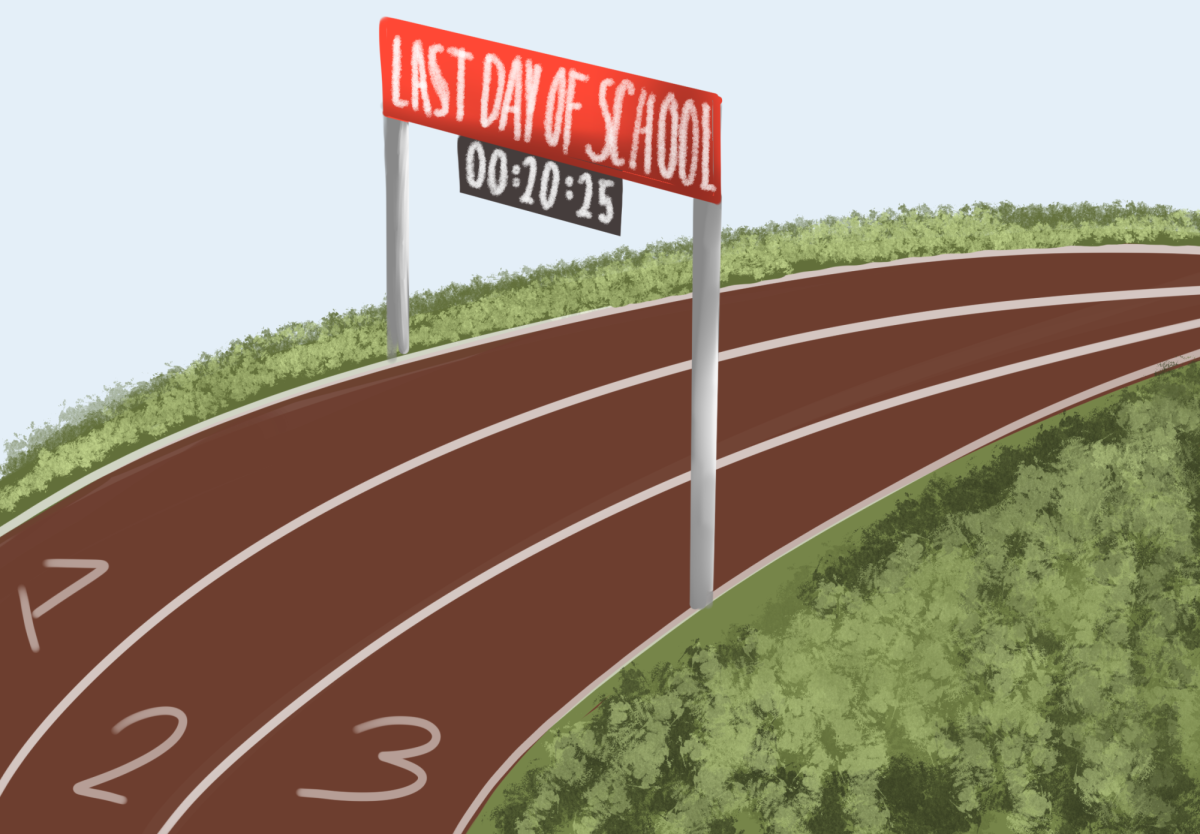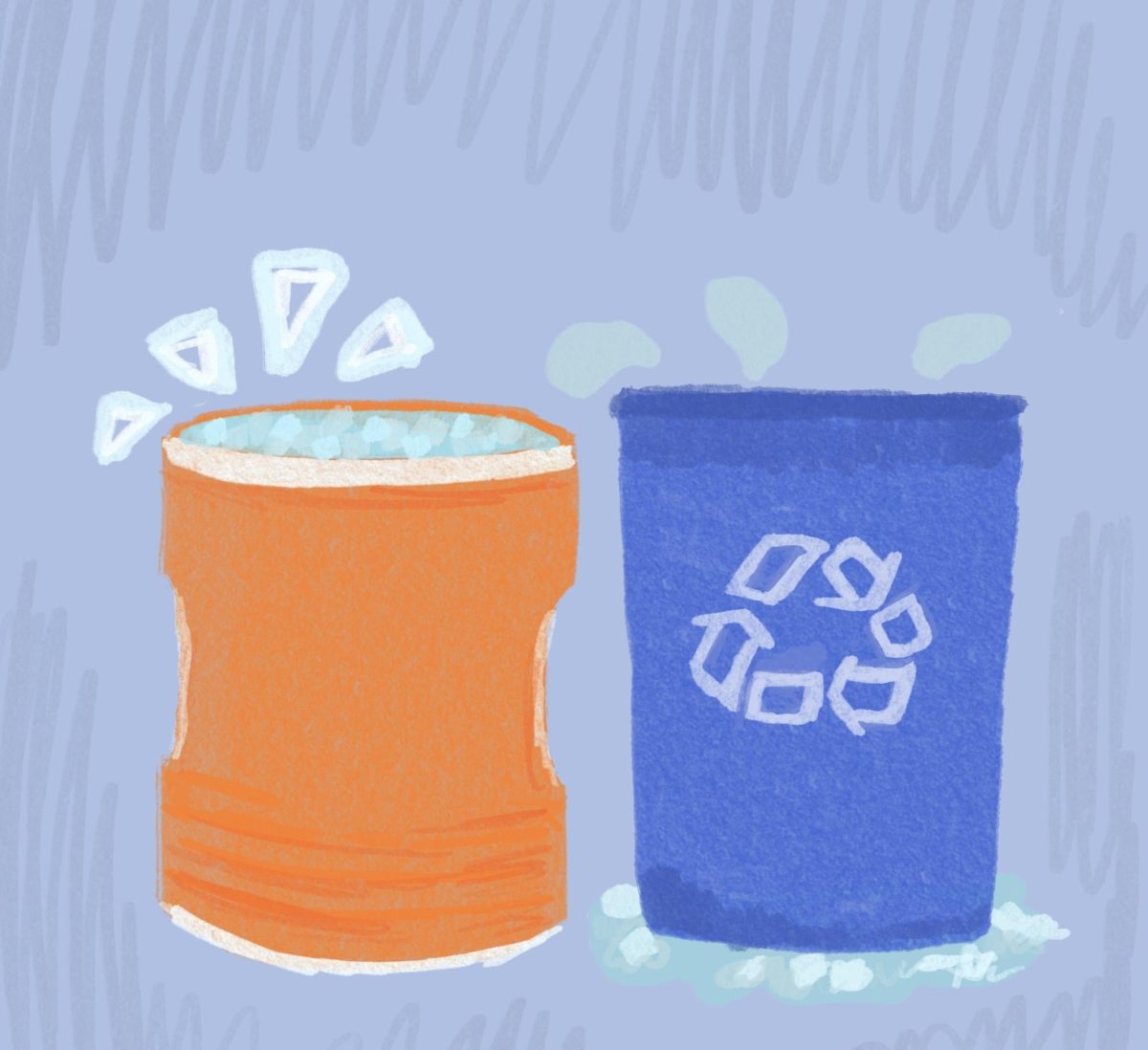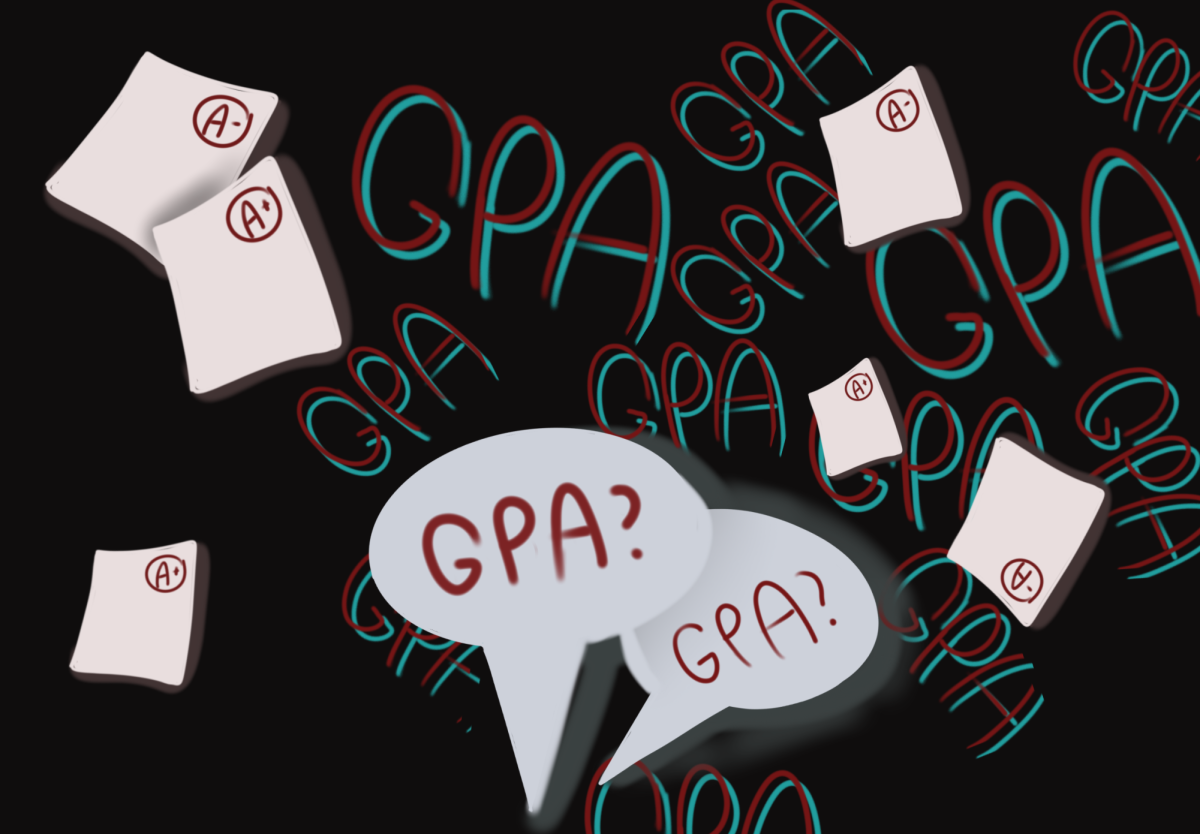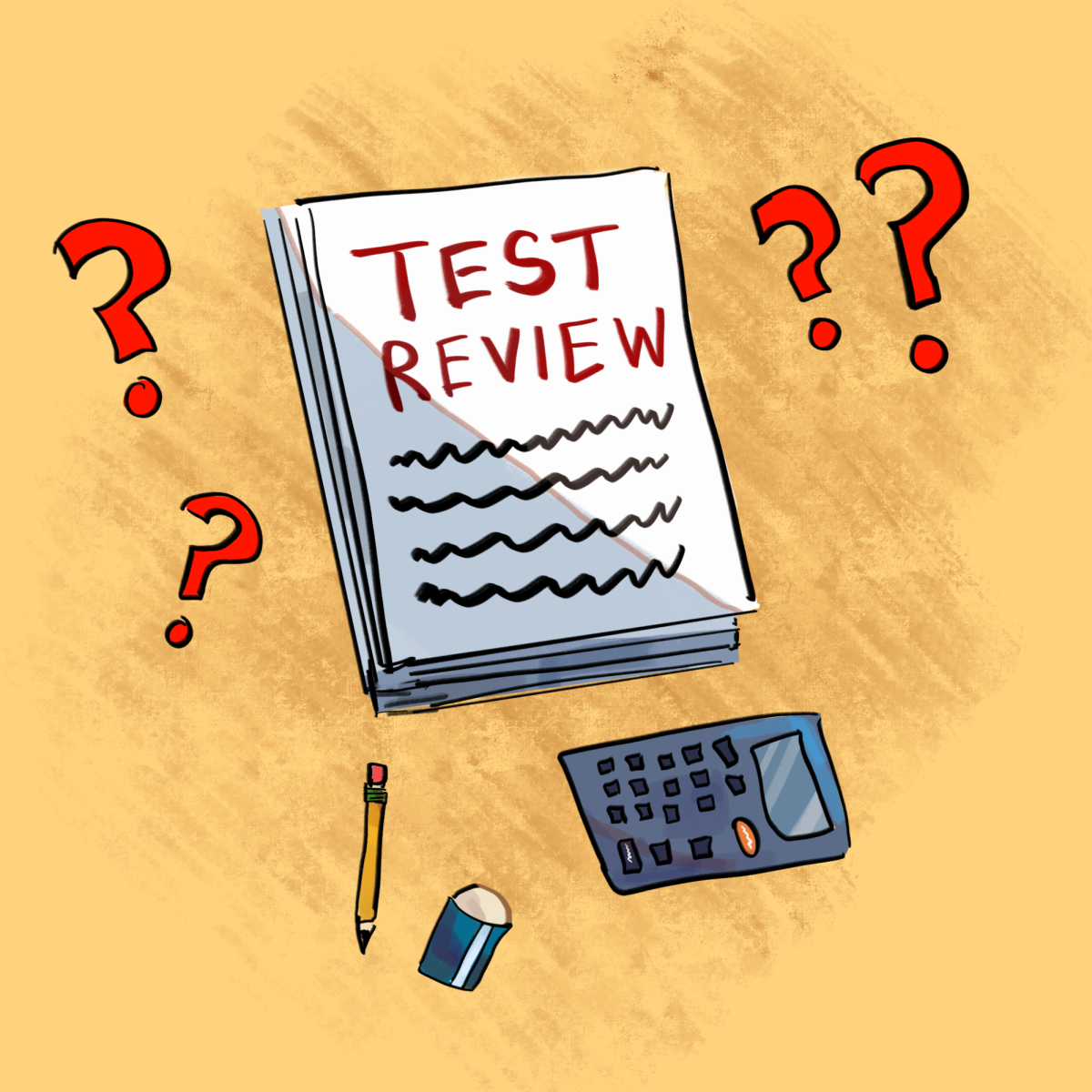Since the release of ChatGPT from OpenAI on November 30th of last year, it’s safe to say that the future of homework, assignments, and schoolwork as a whole, may be changed forever. The site offers newfound accessibility to a tool with virtually endless possibilities for different prompts and questions – including the questions on students’ nightly tasks, which now have seemingly easy instantaneous fixes. With the release of OpenAI, how will the future work of students be impacted?
Before we dive in, what really is ChatGPT? It is a generative AI that allows a user to type in a prompt and receive an automated response created from the collective memory of a multitude of sources. According to IBM Research, generative AI “refers to deep-learning models that can generate high-quality text, images, and other content based on the data they were trained on.” Since ChatGPT is an artificial production of work and collection of different sources, ChatGPT’s usage for completing assignments can be equated to plagiarism and academic dishonesty.
However, the use of AI for finding prompts and questions to start assignments is deemed acceptable by some faculty. Recently, Loomis Chaffee has actively incorporated assistance via AI to promote a positive relationship with generative tools. Regardless, the school’s policy varies depending on the teacher’s judgment or their specific department’s rules.
Notably, there are some evident pros and cons to this application in our school systems. Some of the negative effects that ChatGPT warrants are the incentive to be academically dishonest when workloads build up. Additionally, a repetitive and reliant use of AI could possibly strip students of their personal creativity and ability to write critically to fully retain the purpose behind assignments and their education. It can also induce bad habits like procrastination and cramming and make plagiarism a habitual action. Depending on what students believe is important, they could prioritize relying on AI to bypass what they believe are meaningless assignments.
While ChatGPT’s responses are usually correct, they are monotonous and lack the individuality that each student has the ability to produce. When asked about if the subject matter of AI poses a threat to students, Stephen Colgate, English Department Head said, “The more that we all offload the task of writing to AI, the less skilled we become in recognizing nuance, creativity, and validity in written work. If we don’t spend time converting our thoughts to writing, we will become less and less able to determine when a piece of writing is flawed or a written argument is faulty.”
I agreed with Mr. Colgate’s conveying of the fact that AI takes away from the struggle in the learning process that is key to the development of students’ learning quality of their work. When asking ChatGPT if it thought that it was harmful to students’ individuality it responded with, “It’s important for educators to provide guidance on its appropriate use and to encourage students to develop their own voice and writing skills alongside using such tools.”
There are clearly some positive aspects of ChatGPT, like the summarization of sources and the use of its functions to inspire ideas and bypass writer’s block. Even though AI isn’t inherently a bad tool, if used inappropriately, the impact is incredibly harmful to students’ academic progress. The most important part of schoolwork is our individuality that makes every assignment unique in a certain way. While a full ban on AI may not be wise, Loomis and its community as a whole must continue to be wary of the potentially devastating impacts of machine learning on the student body.






